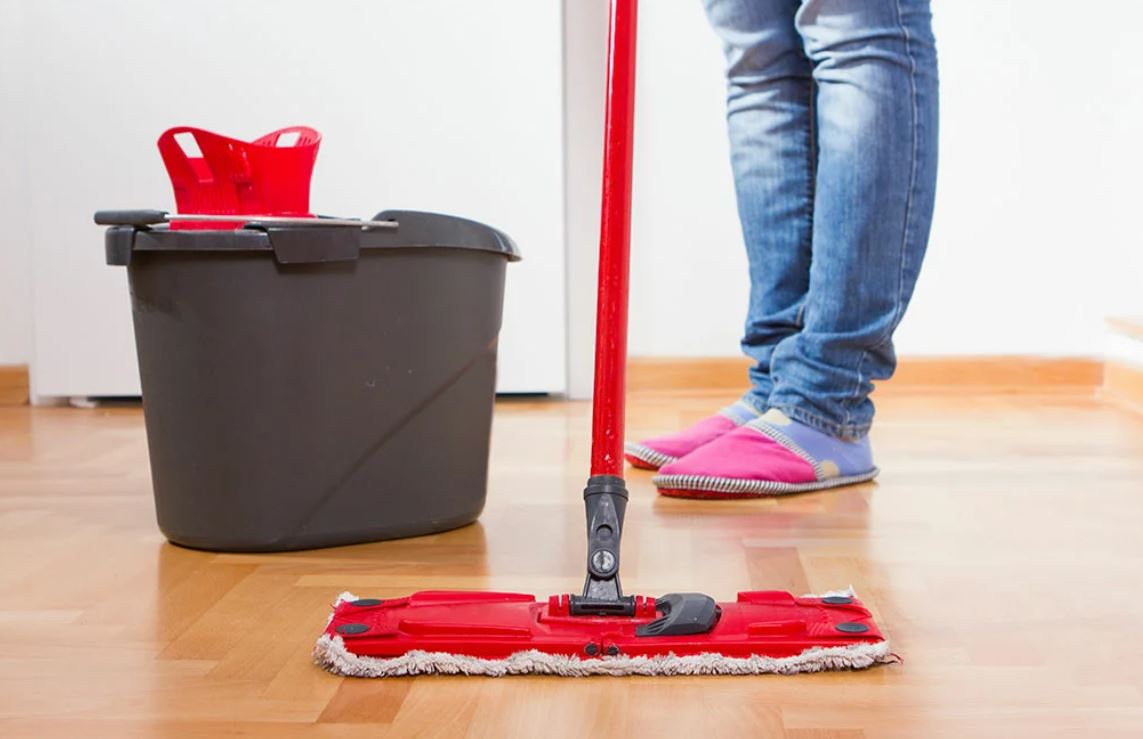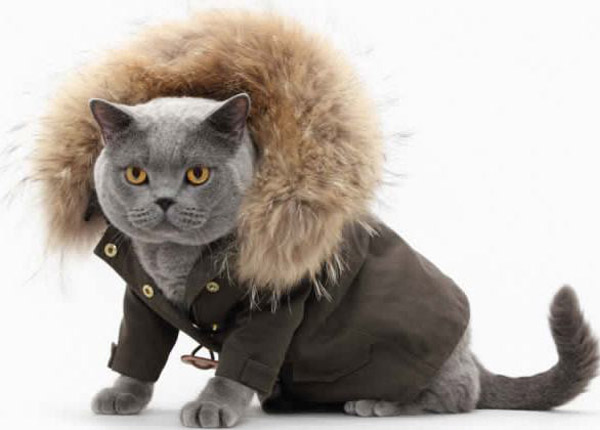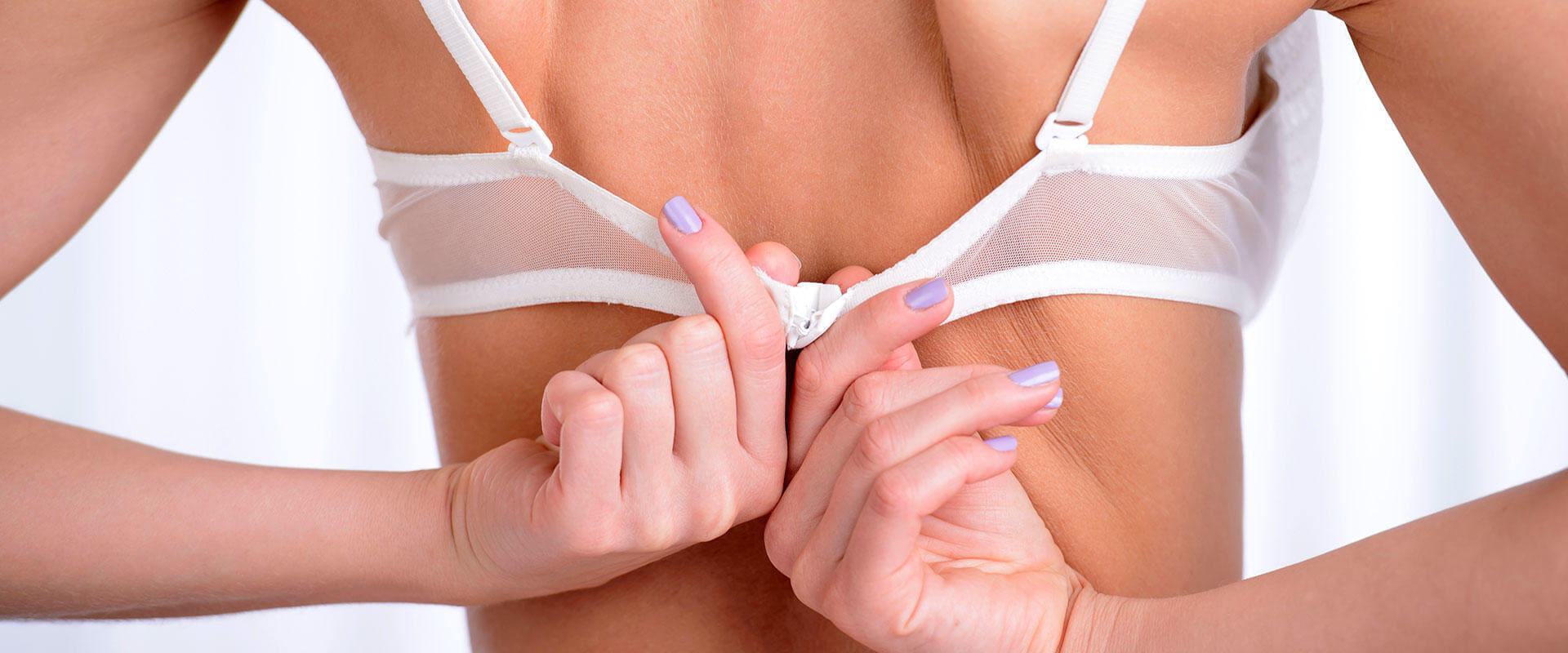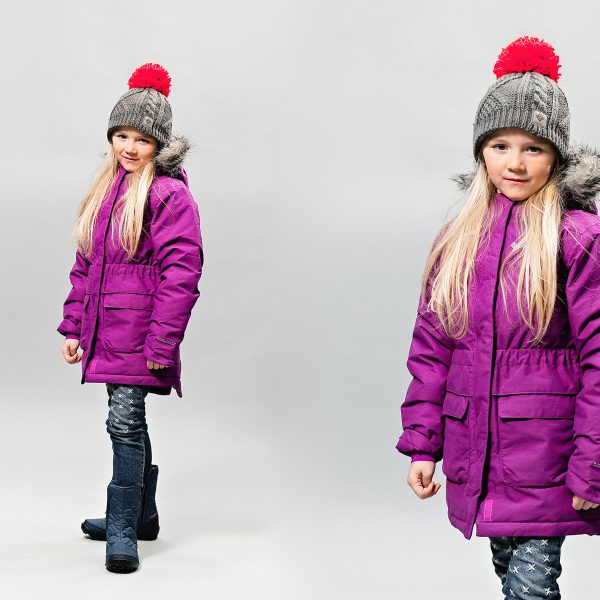Over time, white clothes become yellow-gray. Towels and bed linen lose their brightness and become stained. Bleach for linen, available in various versions, helps restore the original color of things. If used correctly, it can restore heavily soiled items.
Classification
Modern bleaches come in different types. There are options for all kinds of fabrics and any degree of contamination. They are classified into groups depending on the active substance, main purpose, and form of release.
By active substance
All products are divided into 3 types according to the active substance. For example, chlorine-containing bleaches are chemical agents. The active component in them is sodium hydrochloride or simply chlorine. Advantages:
- efficiency at any water temperature;
- easy to use;
- low consumption.
Chlorine-containing bleaches also have their disadvantages:
- aggressive agent destroys fabric fibers;
- has a strong smell;
- Do not machine wash.
Chlorine-containing agent is the best bleach for white laundry made from natural materials.
Oxygen bleaches are also chemical agents. The active substance is sodium carbonate peroxyhydrate. It dissolves in water, forming soda and hydrogen peroxide. The released active oxygen promotes oxidation of the fabric, during which stains and yellowness dissolve. Pros:
- applicable to any fabric;
- removes stains of various ages;
- enhances the effect of washing powder.
Disadvantages of oxygen bleaches:
- works at water temperatures from 40 degrees;
- high consumption;
- short shelf life.
The action of optical brighteners is based on the reflection of light from the material. Part of the substance remains on the fibers after application, creating the appearance of cleanliness. It is included in the composition of washing powders and stain removers for white linen. Advantages:
- water temperature does not matter;
- Suitable for any type of washing.
The disadvantages are that such bleaches can only be used for white items. And the achieved whiteness is an illusion; in reality, yellowness and stains do not disappear.
If a white item needs to be perfect for an event, the best option is to use an optical brightener.
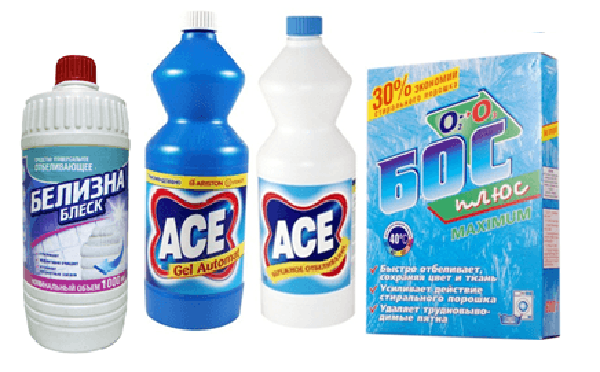
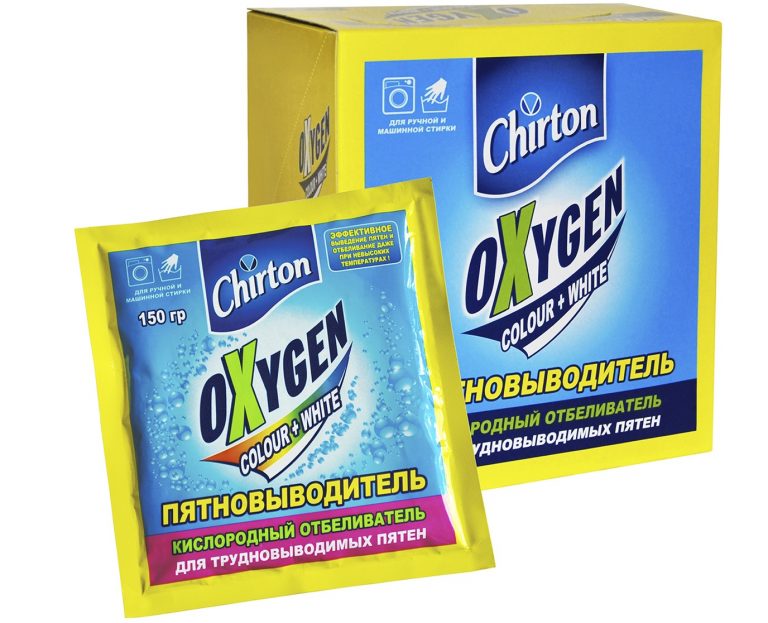

By appointment
The main purpose of using a bleaching agent is to make the item a few tones lighter. Therefore, substances are more often used when treating initially white fabrics. Cleaners with chlorine and oxygen are suitable for bleaching them.
Manufacturers produce special bleaches for colored linen. They act gently on the fabric, restore and preserve the original colors. Products with oxygen are suitable for these purposes.
To whiten clothes for adults, you need to choose household chemicals depending on the composition of the fabric, the degree of contamination. For people with sensitive skin, manufacturers produce oxygen products. They have a more gentle effect.
The nuances of using products for children's things:
- It is not recommended to bleach clothes for children under six months.
- The label should indicate that the product is suitable for children's clothing.
- Do not use allergenic chlorine-containing and optical brighteners.
Oxygen bleaches for linen are universal. They are also suitable for safe disinfection of premises and work surfaces.
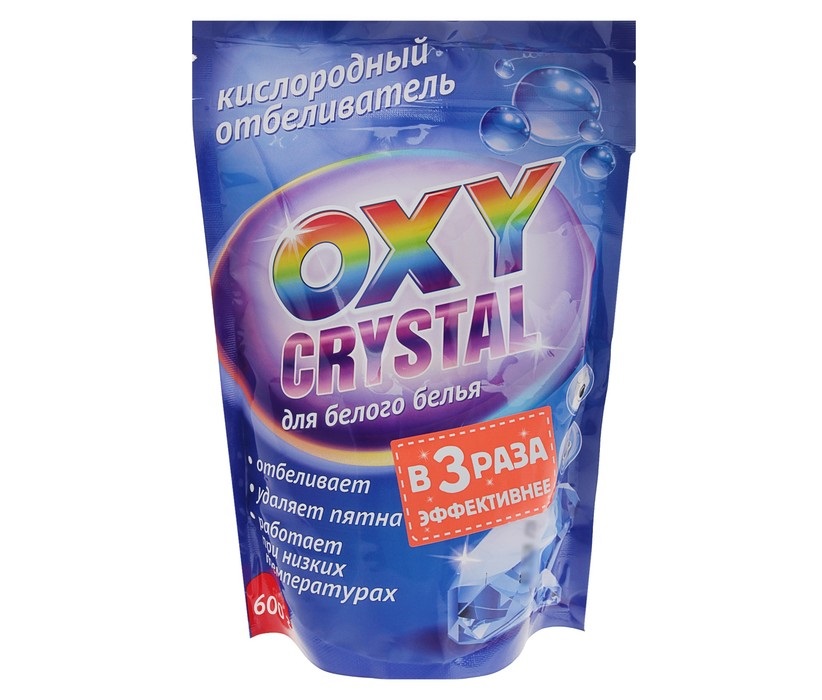
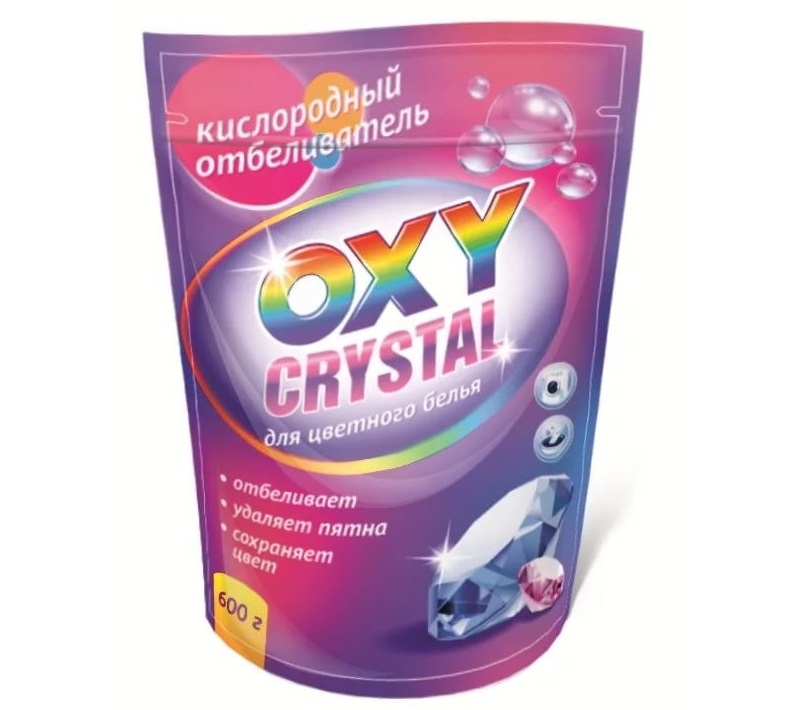

By release form
Depending on the purpose, active substance, shelf life and form of release, laundry bleach can be:
- liquid;
- powdered;
- in the form of soap;
- in the form of napkins.
The liquid product has a limited shelf life, by the end of which its effectiveness decreases. Chemical bleaches are often produced in this form. When used, no harmful particles are released into the air.
Powders are convenient to add to washing detergent. They are stored longer. They become active at elevated temperatures. Oxygen products are usually produced in this form.
Bleaching soap is a type of laundry soap with added chemicals. It gives clothes a snow-white appearance without deteriorating their quality. If optical brightener particles are added, the fabric is lightened without changing its structure.
Bleaching wipes are used for machine washing white linen. A small piece of viscose attracts dirt and dust particles during washing. It is used at any temperature, with all types of fabrics. It does not remove stains, but works for the future: things stay white longer.
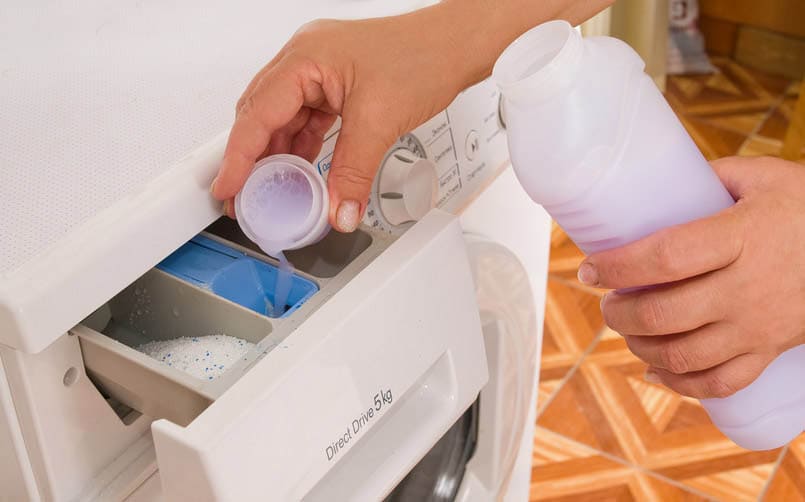

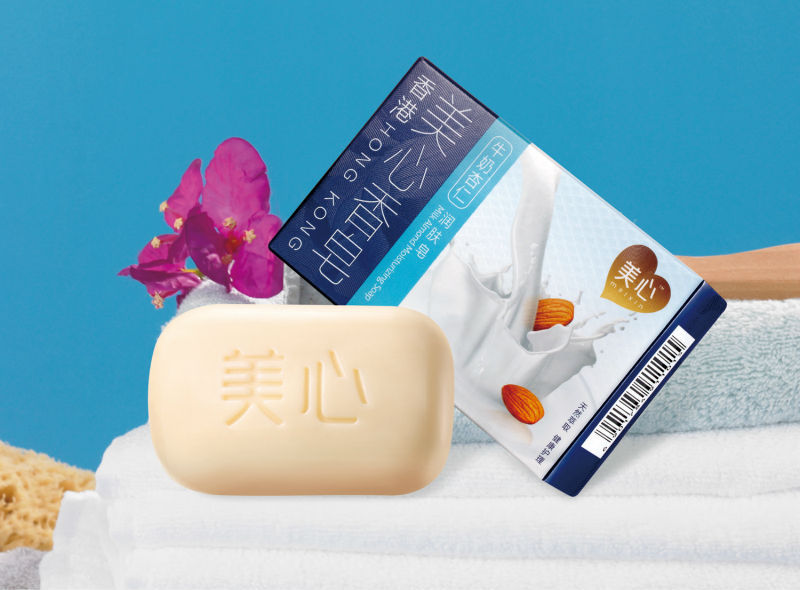
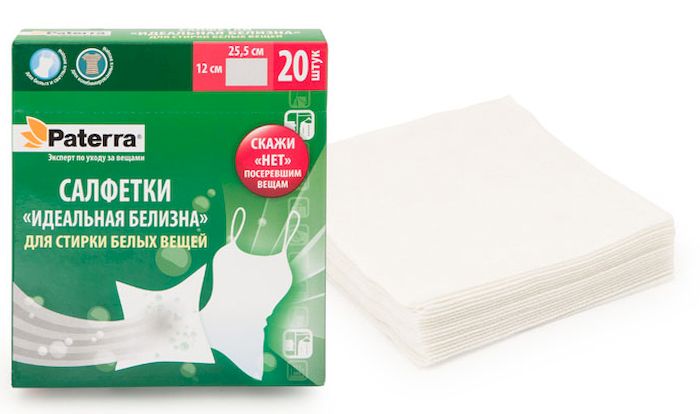
How to use correctly
A good effect is achieved with the correct use of whitening products. It is recommended to read the information on the label before use. If it says that the product is for colored items, then it cannot be used for white items.
| Terms of use | Liquid product | Powder | Soap | Napkins |
| Water temperature, degrees | 40–50 | 40–90 | any | any |
| Soaking in water with washing powder | Yes | No | Yes | No |
| Hand wash | Yes | No | Yes | No |
| Machine | Yes | Yes | Yes | Yes |
| Fresh stains | Yes | Yes | Yes | No |
| Old stains | Yes | Yes | No | No |
If the item is heavily soiled, then combined cleaning methods are used:
- The stains on the clothes are wetted, then treated manually with soap, after a quarter of an hour the item is washed with washing powder with the addition of a portion of liquid or powder bleach.
- When machine washing, bleaching powder is added, and in the second half of the cycle, a portion of liquid detergent is added.
Bleaches cannot be used for items with metal, leather or wooden fittings.
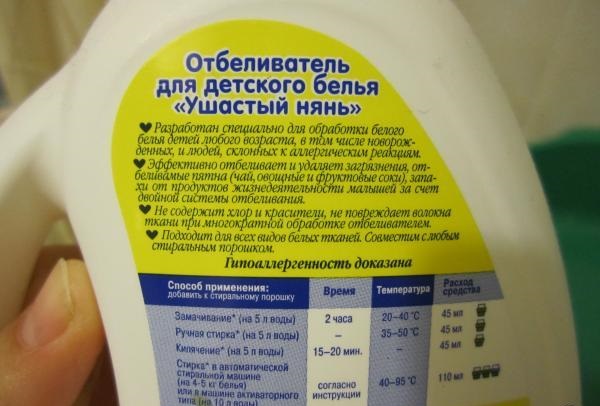

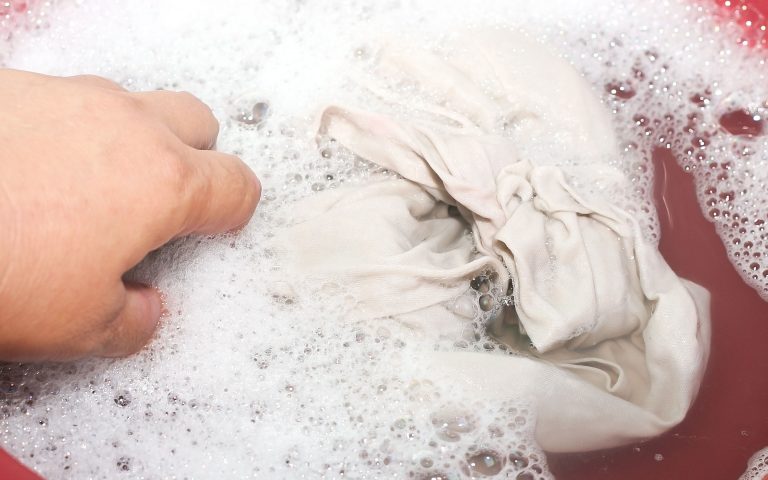
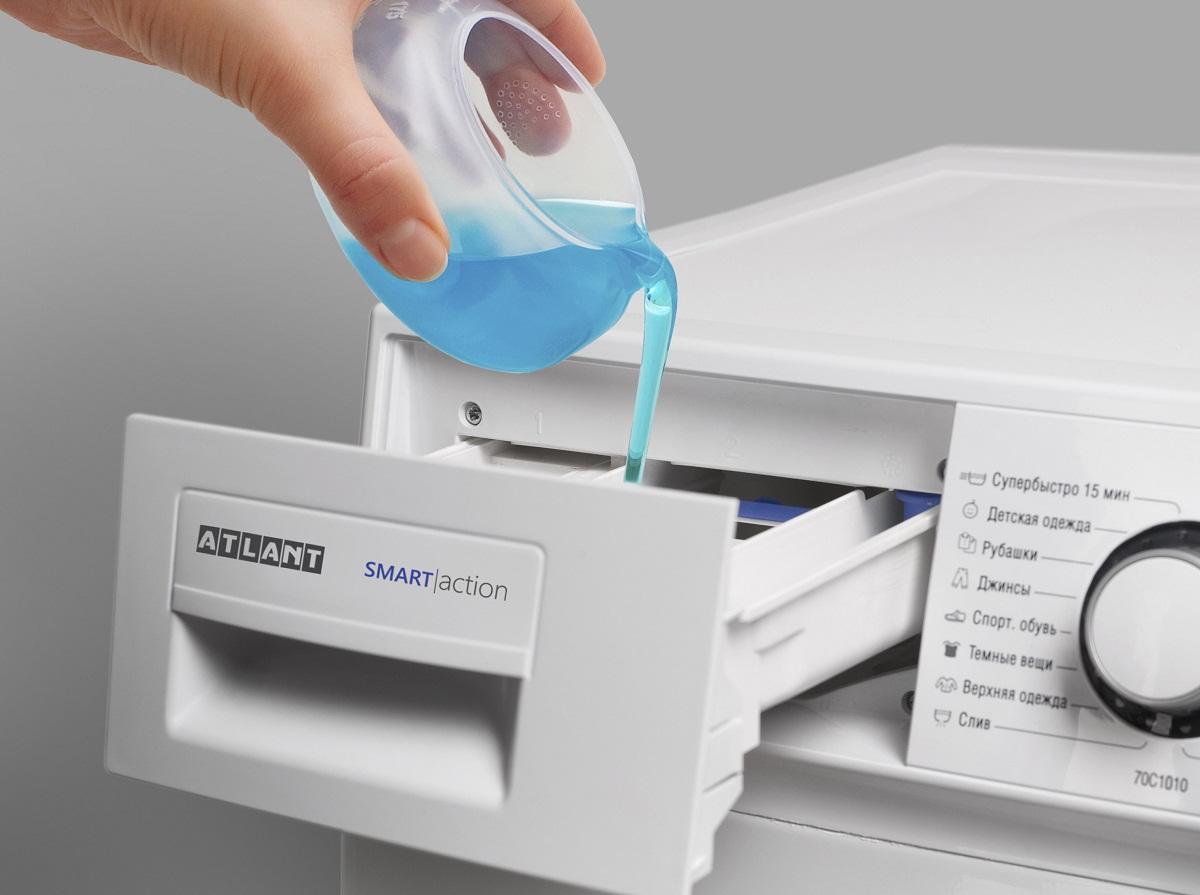
Security measures
On the labels of bleaches, manufacturers indicate general safety rules for consumers:
- storage method;
- recommended amount of substance for use;
- precautions.
If a new product is used, an allergy test should be performed first. To do this, place a small piece of fabric in an aqueous solution with the substance. Then apply it to your skin for 3-5 minutes. If itching, redness, or rashes occur, the bleach should not be used.
Particular attention should be paid to the use of chlorine-containing agents. It is imperative to wear protective gloves. If by the manufacturer It is indicated that the concentrate must be diluted, and the recommended proportions should be followed.
Store bleaches in closed containers, separate from food products, in places inaccessible to children and pets. If the expiration date has passed, the product is thrown away. It is more profitable and safer to buy small-volume packages.

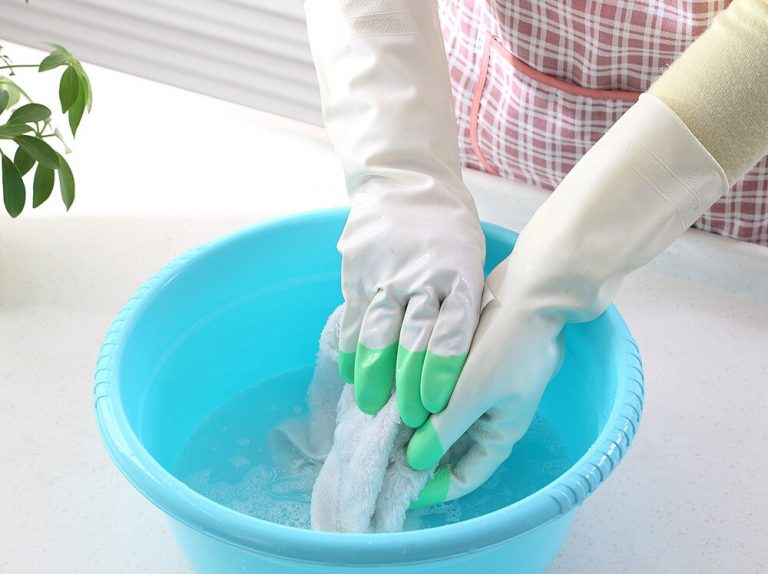

Top producers
To find out which bleach is the most effective, you need to study the rating. Before purchasing, it is advisable to read reviews about the product. The bleach rating includes the best brands:
- Eared Nyan. Manufacturer - Nevskaya Cosmetics, available in liquid and powder form. Does not contain chlorine, works in water of any temperature. Used to bleach children's linen from any fabric. Does not cope with heavy dirt.
- Persol. Oxygen bleach powder produced by OOO Dzerzhinskbytkhim. Removes stubborn stains, yellowness, grayness. Cons: strong lemon scent, works at high water temperatures.
- Chirton Oxygen. Oxygen bleach from OOO AMS Media. Available in powder form without fragrances. Works at any water temperature. Copes with difficult to remove stains. Not recommended for use on wool, silk, leather items.
- Sano. Manufacturer - SANO International, Israel. Available as a powder or liquid with a spray. Does not contain chlorine. Designed to remove stains from colored and white items made of any material, even delicate ones. Does not cope with old stains. Has a strong odor.
- There is also Denkmit - an oxygen bleach from Germany, produced in the form of powder, capsules with single portions. The product is easy to store and use. Suitable for white and heavily soiled items of all types of fabric. Refreshes, saturates the colors of clothes, without leaving streaks. Has a specific smell.
It is safer to use bleaches from trusted manufacturers. You should not choose too cheap products, at best they will be ineffective, at worst they will lead to allergies or poisoning with toxic substances.


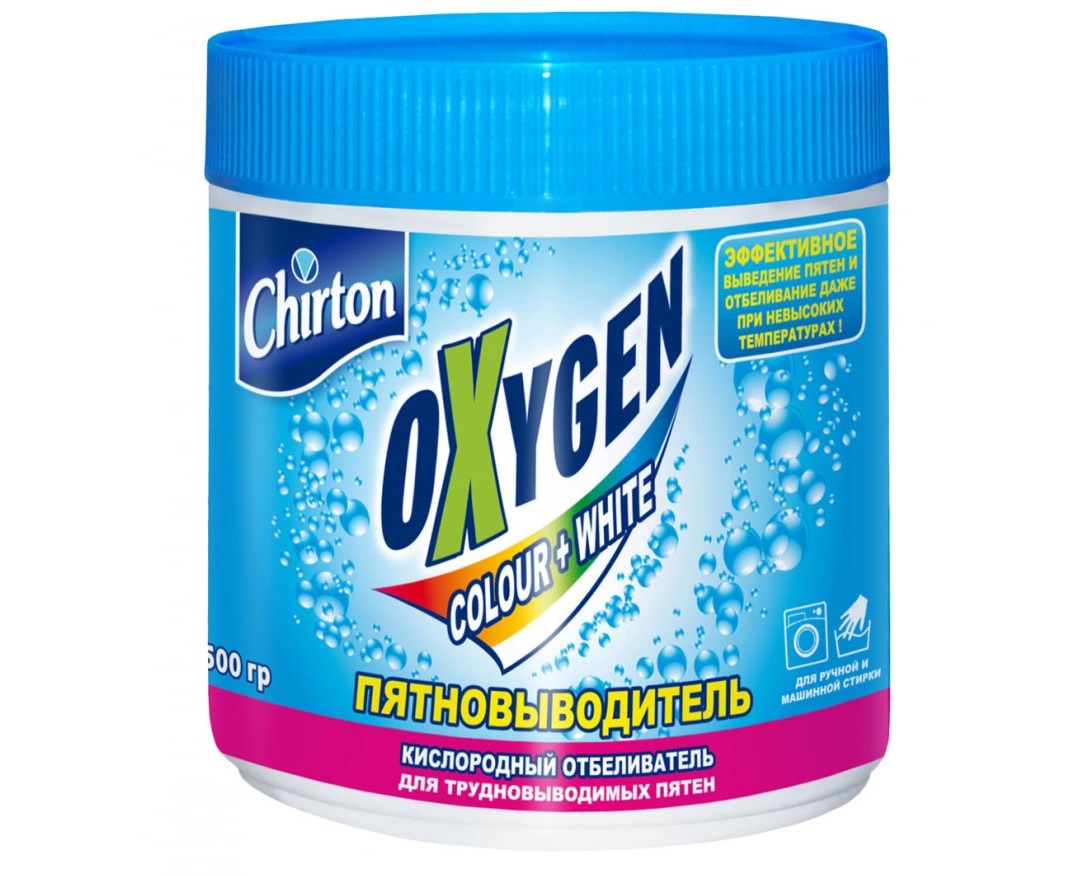
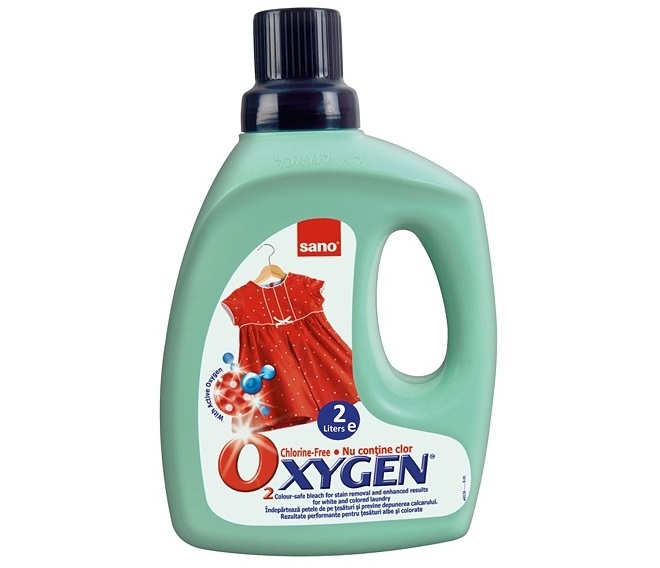
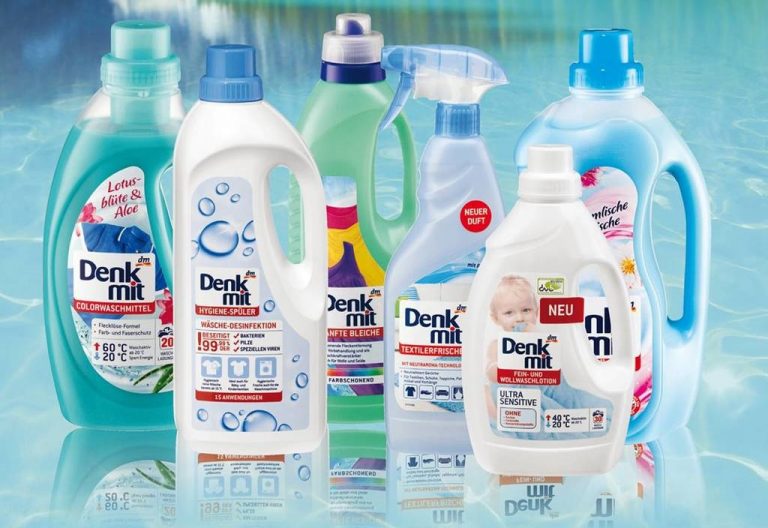
Video


